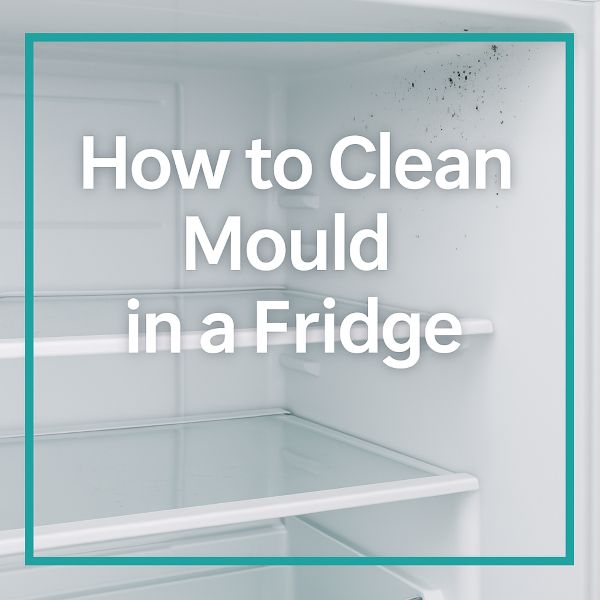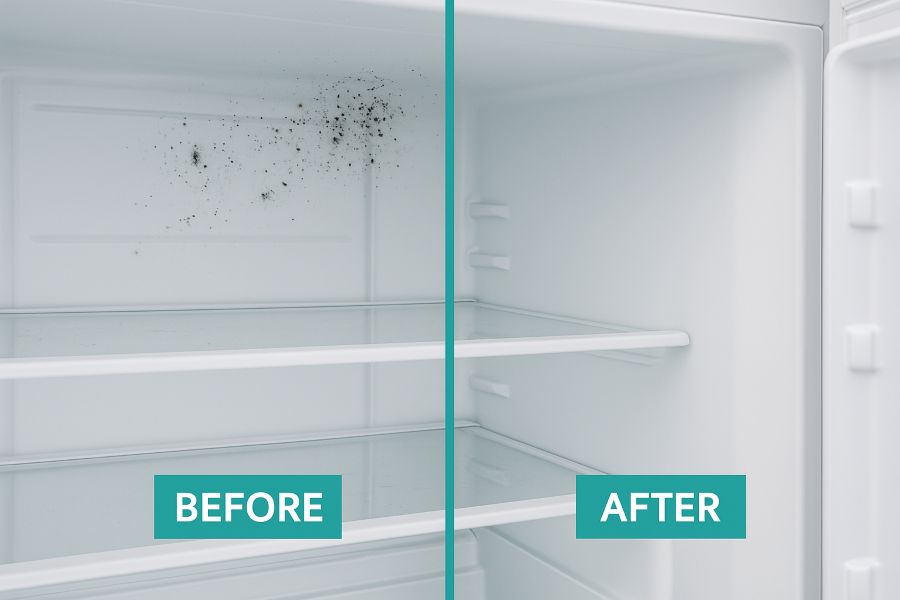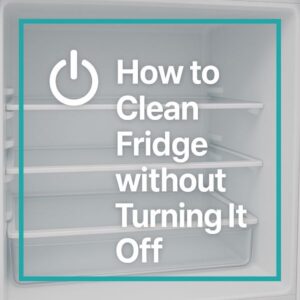Robiul Alam How to Clean Fridge Outside – 7 Easy DIY Methods 2025Discover


Discover 10 safe and effective ways to clean fridge mold at home. Keep your fridge hygienic and fresh with expert mould removal tips from Glohus.

Found unexpected fuzzy patches or musty smells when opening your fridge? That’s mould — and it’s more common than you’d think.
Whether from expired food, forgotten spills, or just poor airflow, mould spores can settle and thrive in cold, damp environments. And yes, even fridges aren’t immune.
Not only is it unsightly, but fridge mould can also affect your health and contaminate your food.
Left untreated, it may spread into the seals, shelving, or even the insulation behind panels.
Yes, certain types of mould can release spores that trigger respiratory issues, allergic reactions, and foodborne illness.
According to the Food Standards Agency, mould growing near food can be harmful — even if you can’t see it yet.
Here are the safest and most effective ways to remove mould from your fridge using natural and chemical methods.
Whether you’re dealing with surface spots or deep grime, this guide covers all you need.

| Item | Use |
|---|---|
| Gloves & Face Mask | For protection from spores |
| Spray Bottle | To apply vinegar or peroxide |
| Microfibre Cloths | To wipe down all surfaces |
| Toothbrush or Scrub Brush | For detailed seal cleaning |
Once cleaned, prevention is key to keeping mould away. Here are 5 ways to stay mould-free:
If the mould keeps returning or has spread into insulation or behind panels, it’s time to call a professional.
At Glohus Cleaning, we offer safe and detailed fridge cleaning as part of our kitchen cleaning services across Hertfordshire. You’ll get peace of mind and a fridge that feels brand new.
Can I use bleach to clean fridge mould?
Only on removable parts. For food-contact surfaces, vinegar or baking soda is safer.
What if the smell lingers after cleaning?
Place a bowl of coffee grounds or baking soda in the fridge for 24 hours to neutralise odours.
Is it safe to eat food from a mouldy fridge?
No — mould spores can spread unseen. Discard all exposed or unsealed items.
How often should I deep clean my fridge?
At least once every 4–6 weeks. Do quick checks weekly.
What’s the best natural mould cleaner?
White vinegar is the most effective, safe, and budget-friendly choice.
If you’re busy or worried about doing it wrong, Glohus offers reliable, DBS-checked cleaners who will deep-clean your fridge, kitchen, and more. Our local Hertfordshire team is trusted by dozens of households for thorough hygiene and flexible scheduling.
Get your home fresh again – book a cleaning with Glohus today.

Written by Robiul Alam
Founder of Glohus Cleaning, with over 5 years of hands-on experience helping families across Hertfordshire keep their homes spotless, hygienic, and stress-free.

Robiul Alam How to Clean Fridge Outside – 7 Easy DIY Methods 2025Discover




Robiul Alam How to Clean Stainless Steel Fridge – 5 Best Proven
